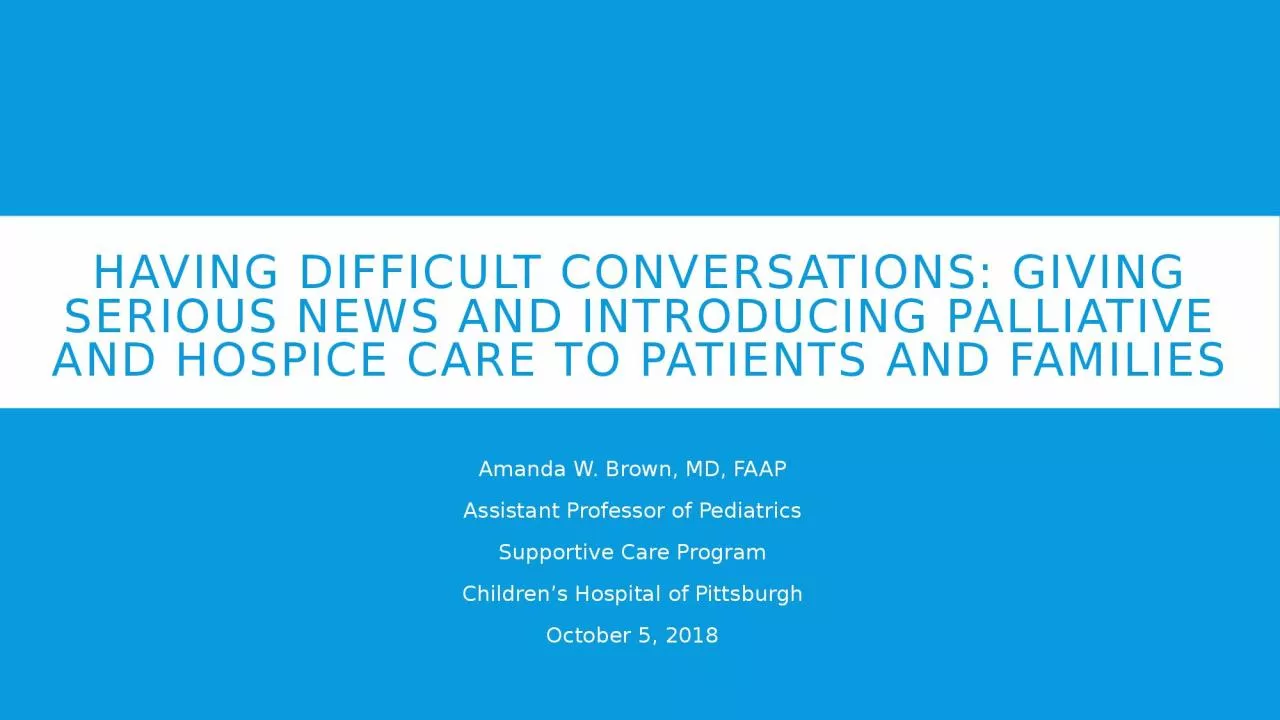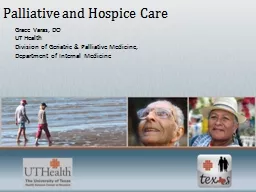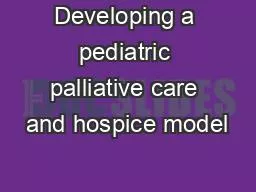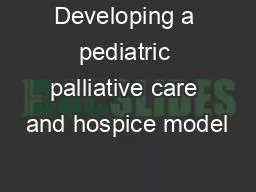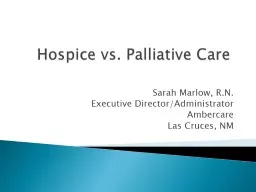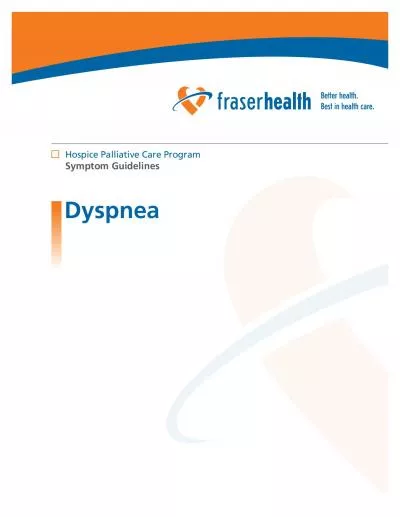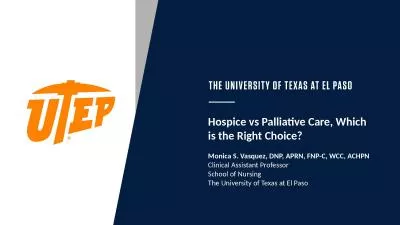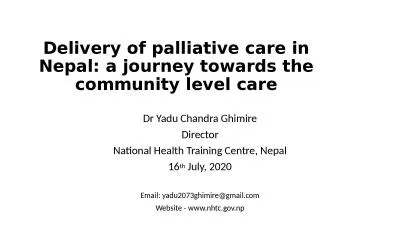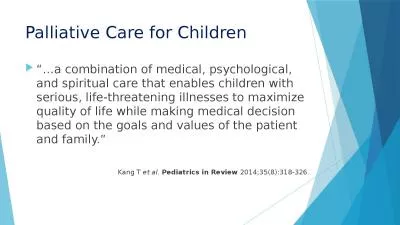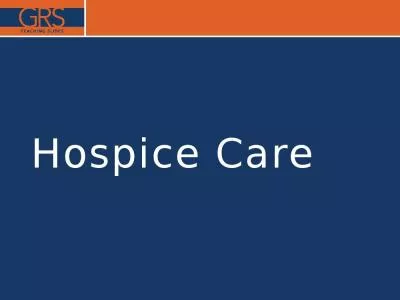PPT-Having Difficult Conversations: Giving Serious News and Introducing Palliative and Hospice
Author : WonderWoman | Published Date : 2022-08-02
Amanda W Brown MD FAAP Assistant Professor of Pediatrics Supportive Care Program Childrens Hospital of Pittsburgh October 5 2018 Objectives Describe the AskTellAsk
Presentation Embed Code
Download Presentation
Download Presentation The PPT/PDF document "Having Difficult Conversations: Giving S..." is the property of its rightful owner. Permission is granted to download and print the materials on this website for personal, non-commercial use only, and to display it on your personal computer provided you do not modify the materials and that you retain all copyright notices contained in the materials. By downloading content from our website, you accept the terms of this agreement.
Having Difficult Conversations: Giving Serious News and Introducing Palliative and Hospice: Transcript
Download Rules Of Document
"Having Difficult Conversations: Giving Serious News and Introducing Palliative and Hospice"The content belongs to its owner. You may download and print it for personal use, without modification, and keep all copyright notices. By downloading, you agree to these terms.
Related Documents

